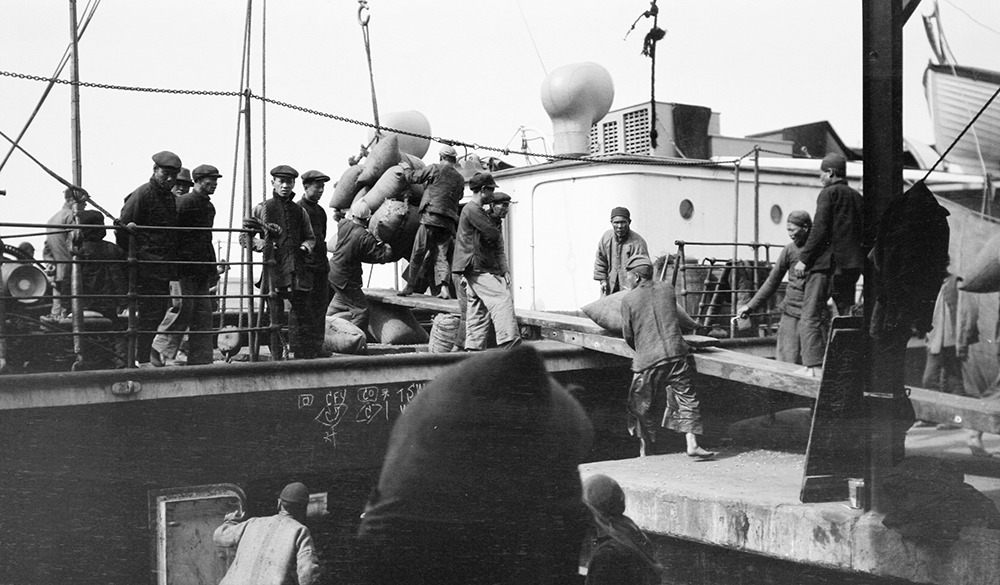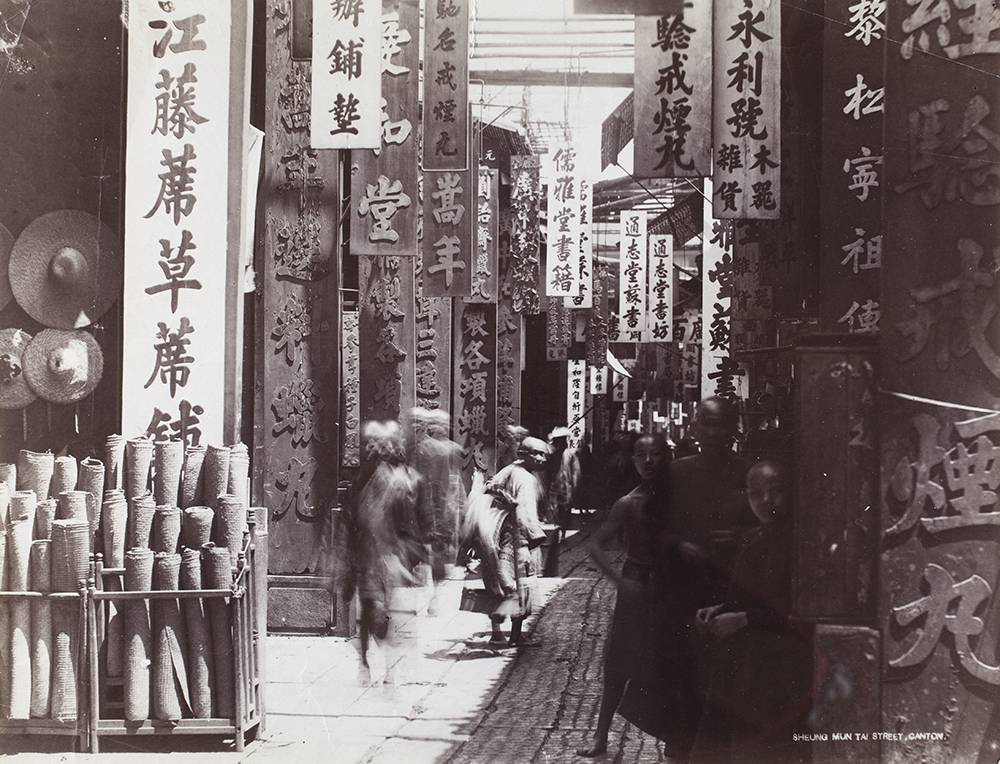In this, the second of a series of blogs, David Bellis explores the photographs taken by G. Warren Swire on his trip to Hong Kong in 1911-12. Because John Swire & Sons was headquartered in London, each year one of the Swires directors made a trip ‘Out East’ (in company parlance).
The highlight of Warren Swire’s first visit to Hong Kong was the construction of the new Taikoo dockyard at Quarry Bay. On his visit four years later, he could show it as a going concern. He took several photos of ships under repair, both up on the slips and down in the dry dock:
He also visited the ship-building yard to watch a new ship being launched:
He didn’t note the name of the ship, but the title of the photo below says they’re gathered at the launch of the “Circe”:
Here’s how the newspaper reported it:
LAUNCH AT TAIKOO DOCKYARD.
Yesterday the Taikoo Dockyard and Engineering Company launched a handsomely modelled steel screw steamer for Messrs. Alfred Holt & Company’s Singapore and Delhi trade. The vessel is of the awning deck type, the principal dimensions being 200 feet long overall, 31’-6” beam, and 21’-6” deep to the awning deck. Accommodation for a number of passengers is fitted up amidships, with dining saloon. The officers’ and engineers’ rooms are situated aft in a steel house on the awning deck; the crew being berthed forward, and the petty officers aft. The ‘tween decks are arranged for carrying steerage passengers, and open spaces are fitted up for the carriage of cattle. Triple-expansion engines of the builders’ own make will be installed, steam being supplied from a large single-ended boiler, capable of driving the vessel at a speed of 12 knots. Electric light is fitted throughout. The gross tonnage of the vessel is about 800. As the vessel left the ways she was gracefully christened ‘Circe’ by Mrs. Swire.
The Hong Kong Telegraph, 6 March 1912, page 4.
If any maritime experts are reading, does the description of the ‘Circe’ match the ship shown being launched?
[UPDATE, 1 June 2016: The ship being launched has now been identified as the Tencho Maru. See http://gwulo.com/node/32554#comment-36392]
‘Circe’ was built for Alfred Holt & Co., a company that worked closely with Swire’s. Other photos from this visit show their Holt’s Wharf, across the harbour in Tsim Sha Tsui:
Back to the Taikoo dockyard, and my favourite photo from this visit:
It’s a rare view of the cable car that ran up here to Quarry Gap, the pass between Mount Parker and Mount Butler. Old maps show the pass named Sanatorium Gap, which explains the need for a cable car: up at the Gap, situated to catch the cool breeze in summer, stood the Taikoo Sanatorium. Warren shows us the Sanatorium building, and its view out over the Tai Tam reservoir:
He took several other photos looking out from a high vantage point:
They’re titled ‘View westwards from Taikoo’ and ‘View eastwards from Taikoo’, which doesn’t make sense at first. Then the penny drops, and we realise that Taikoo doesn’t mean the dockyard, but the house named ‘Taikoo’, up on the Peak!
We’ll finish this visit with a couple of his photos of an even grander building:
They show construction work at the new Hong Kong University, partly funded by a donation from Swire’s.
Photos from Warren Swire’s first visit to Hong Kong can be seen at:
as well as at:
http://visualisingchina.net/blog/2016/03/17/bellis-swire-hong-kong/
The full Warren Swire Collection covers the first four decades of the twentieth century, and can be viewed online at:
http://hpc.vcea.net/Collection/Warren_Swire_Images
David Bellis runs Gwulo.com, an online community for anyone interested in Hong Kong’s history. It hosts over 20,000 pages of information, including over 10,000 photographs.

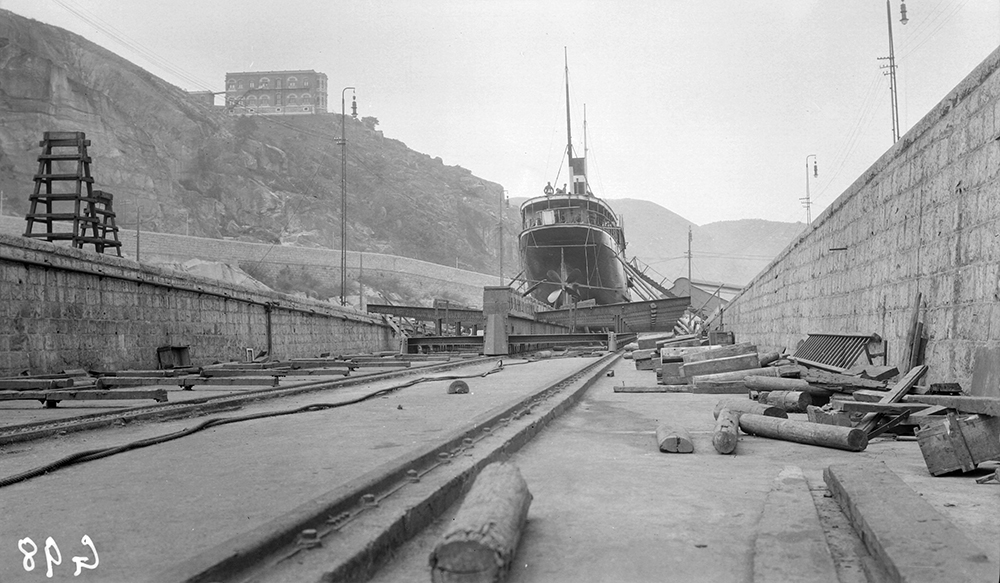
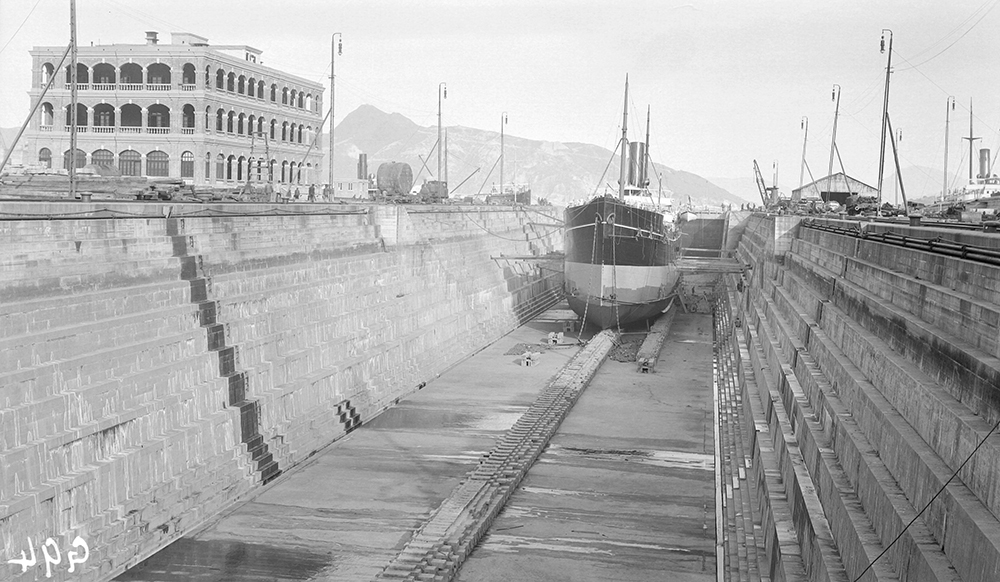

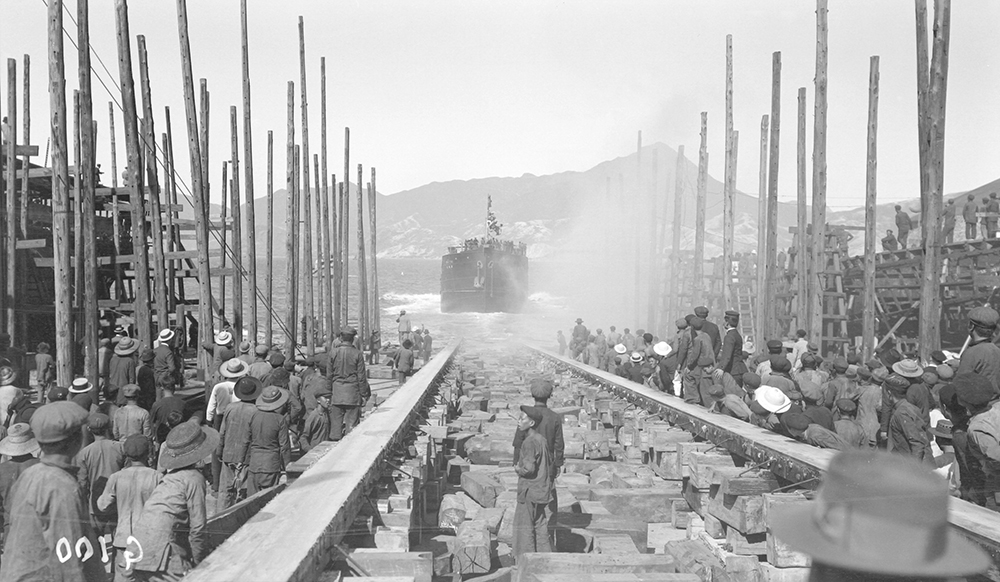
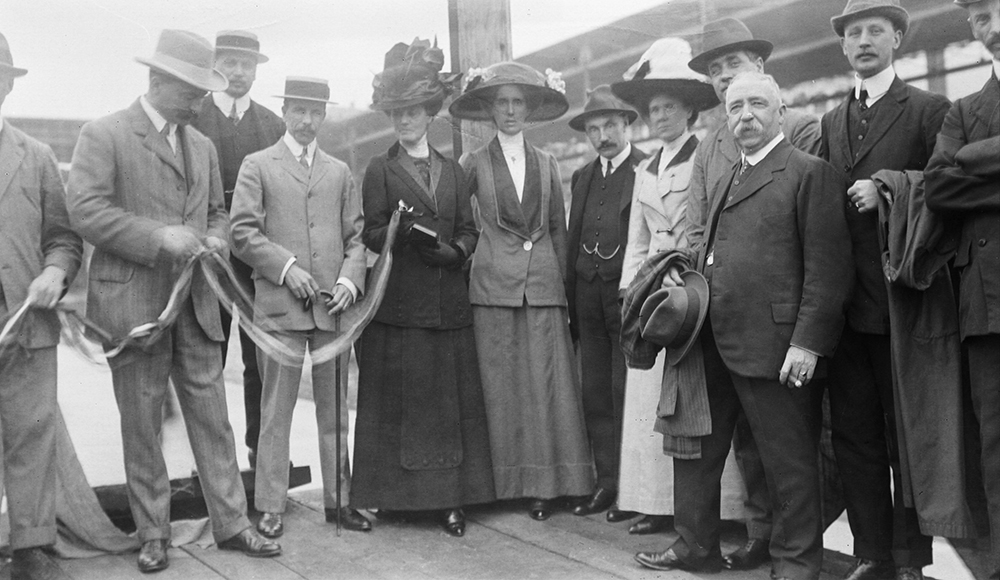
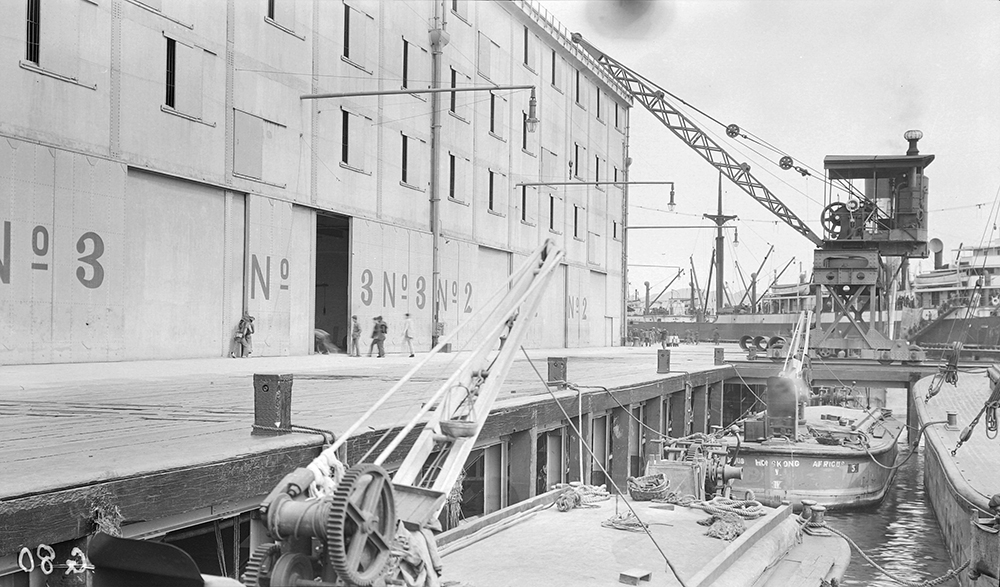
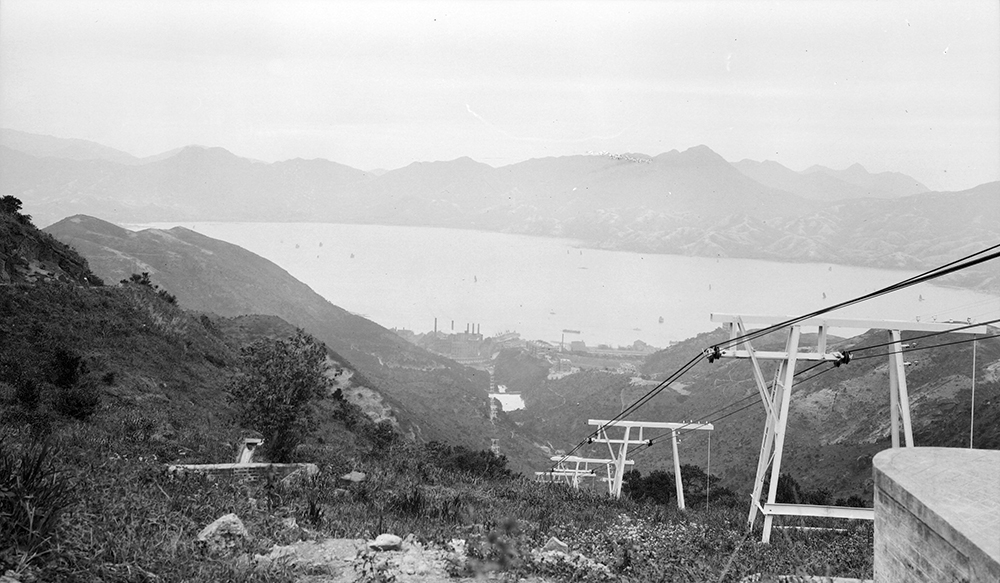
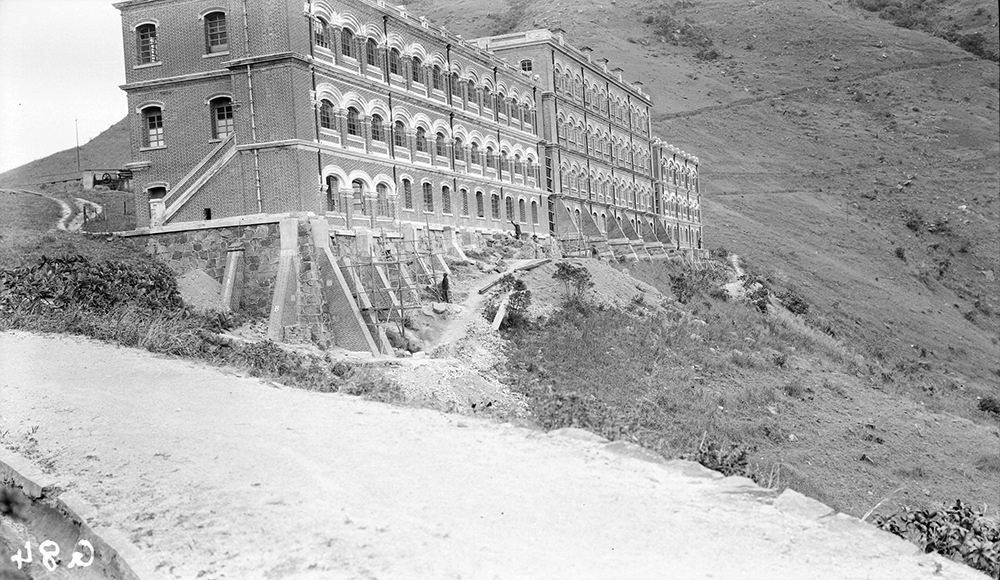
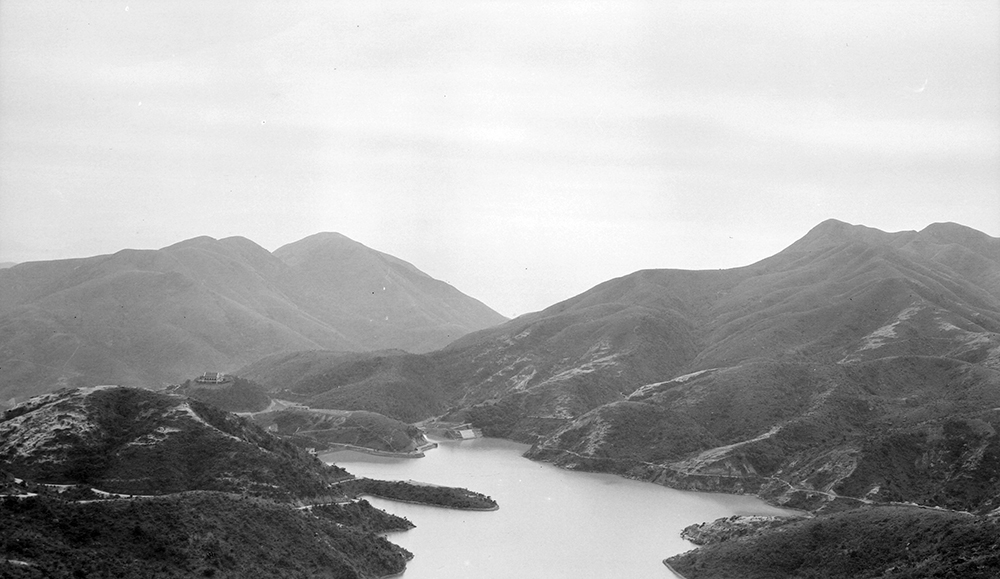
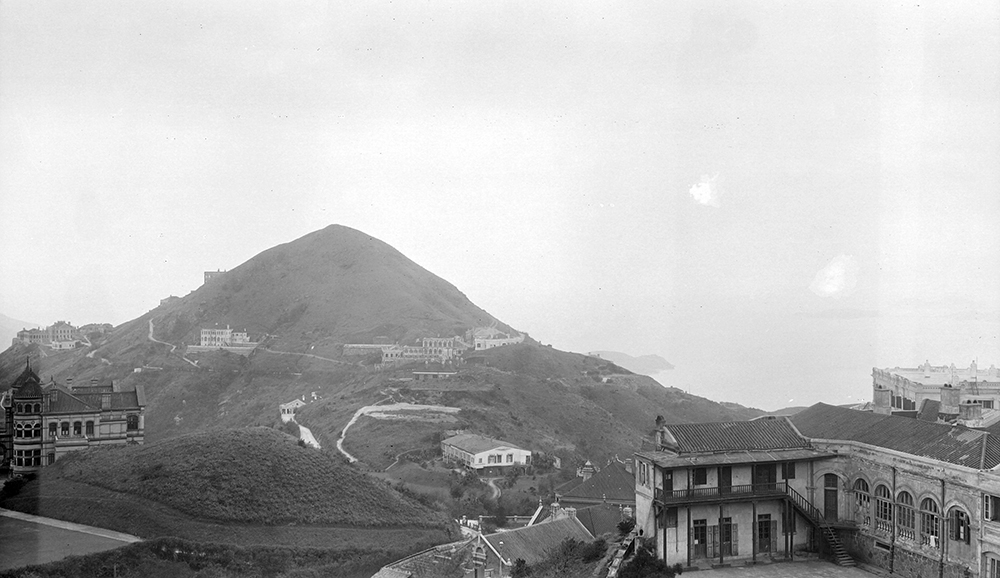
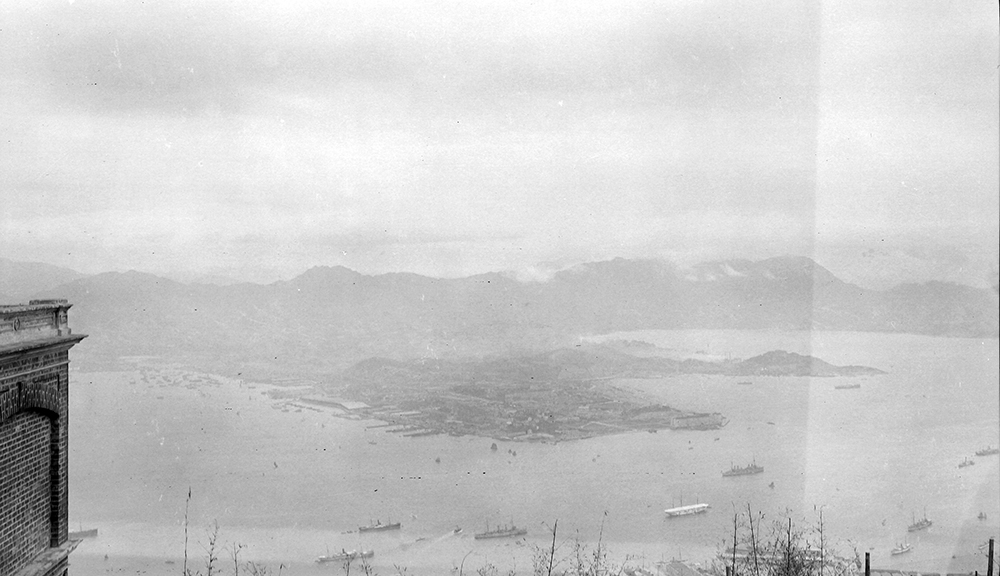
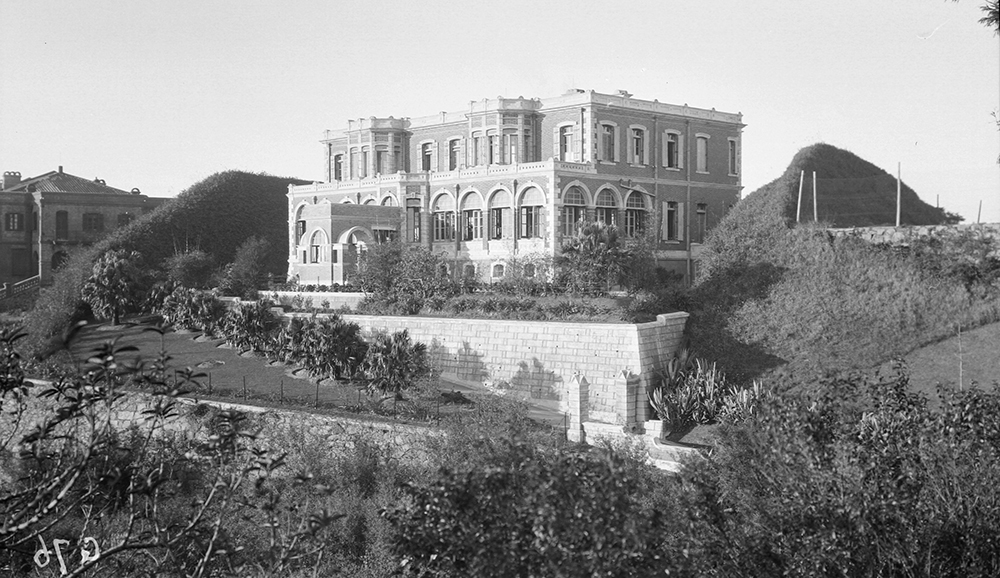
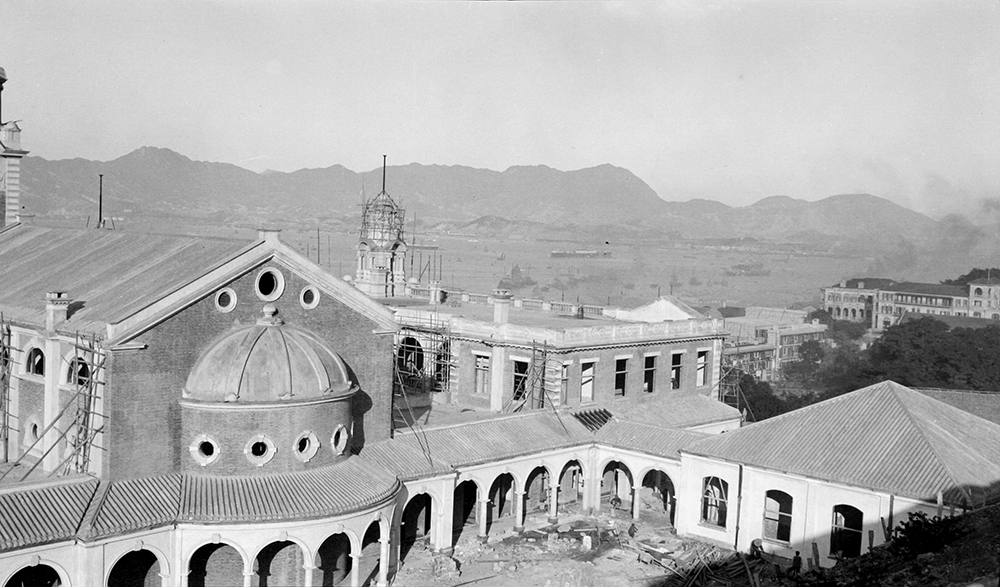
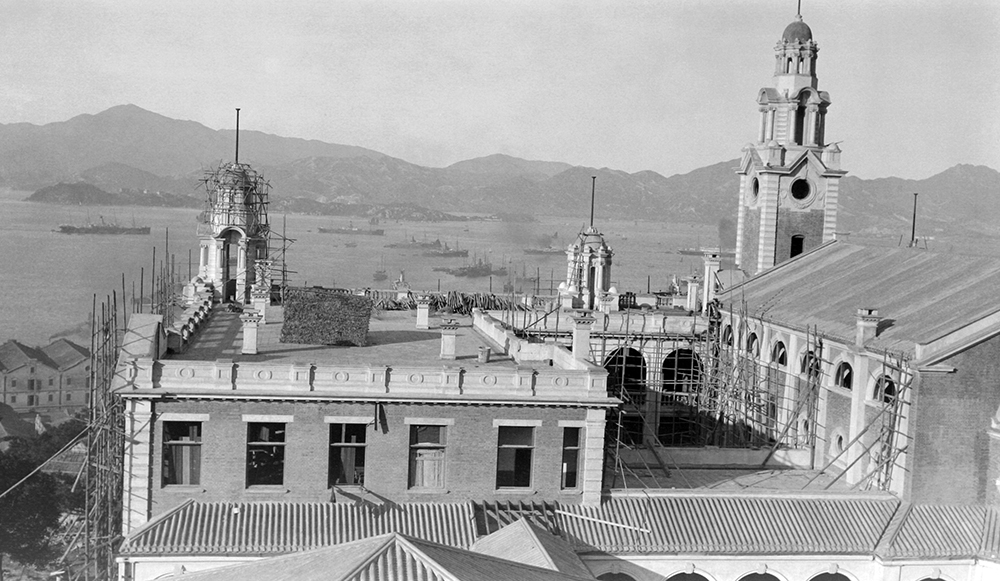
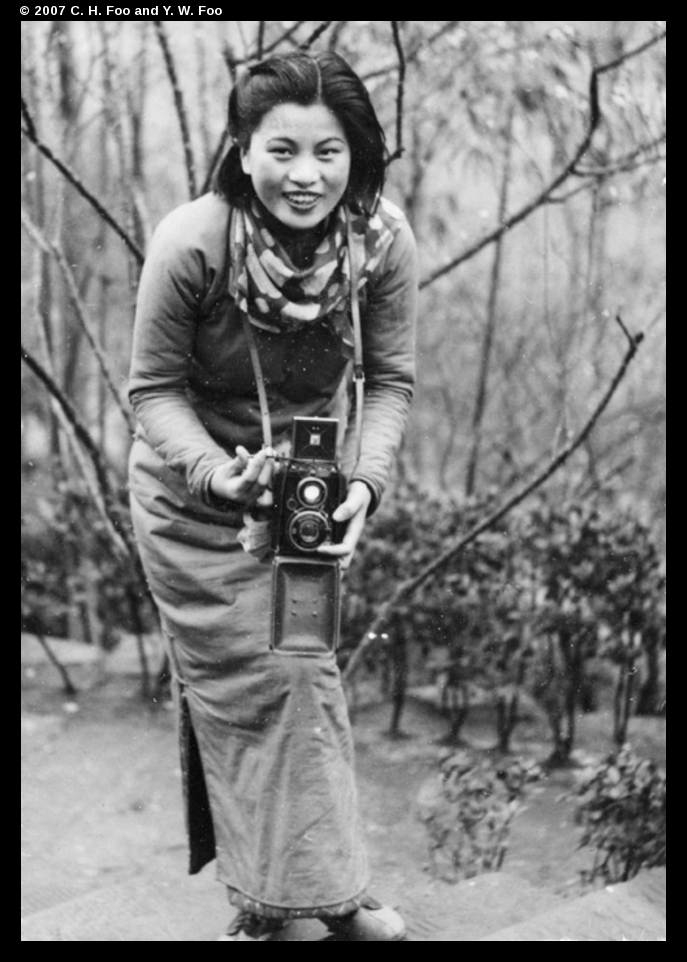
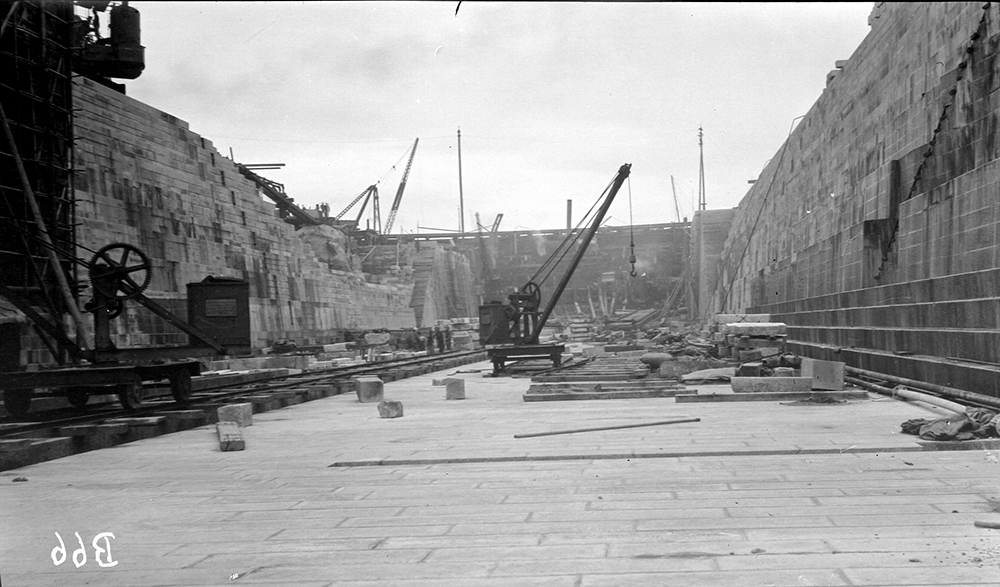
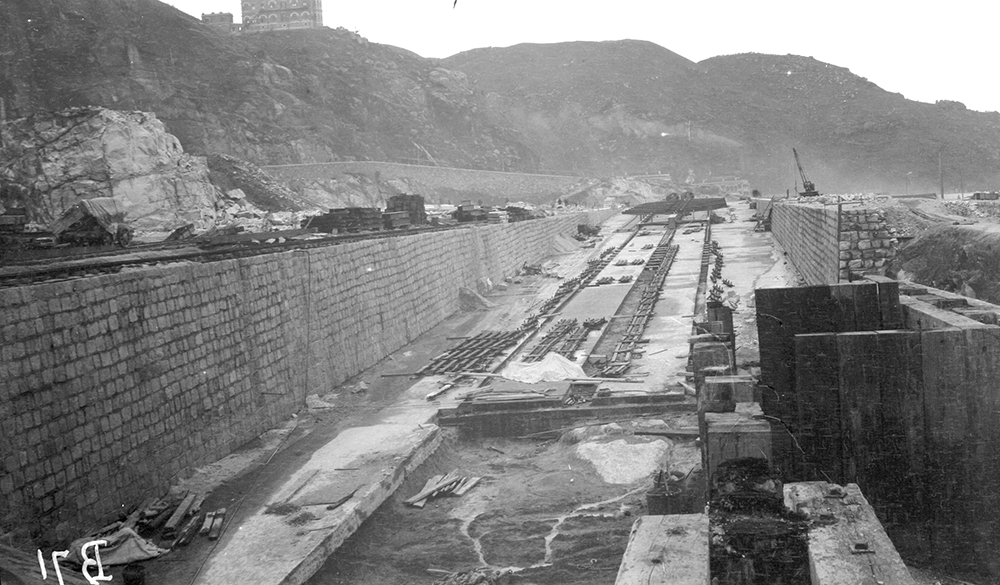
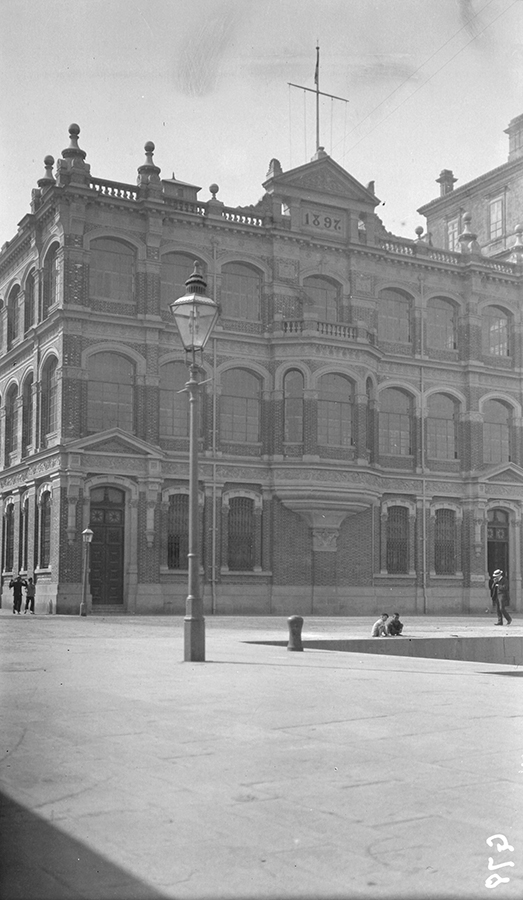
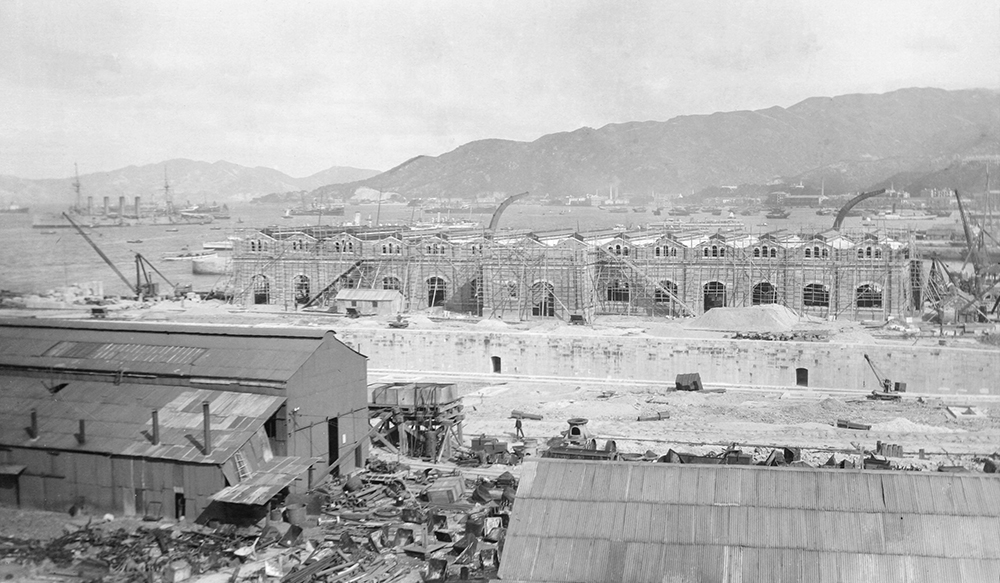
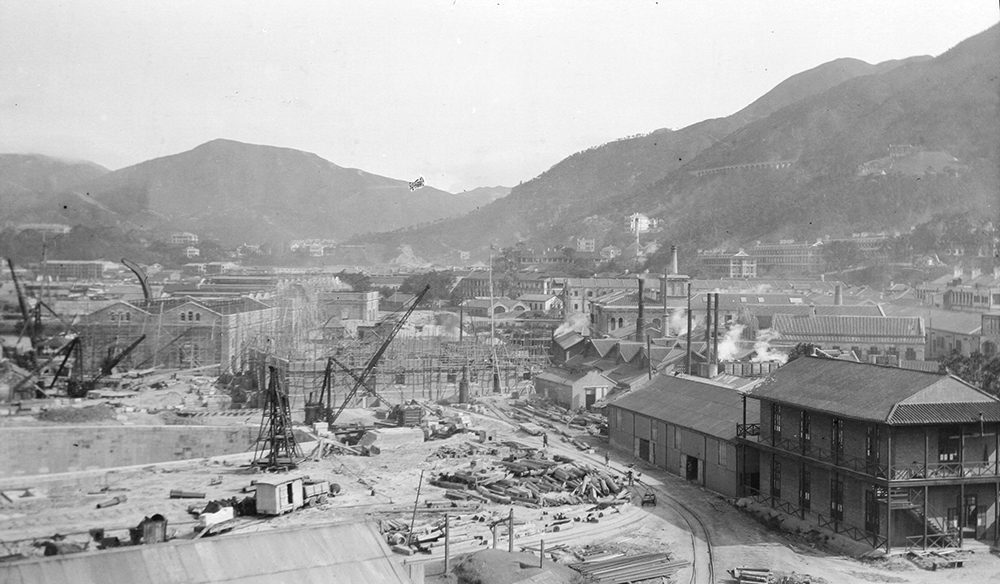

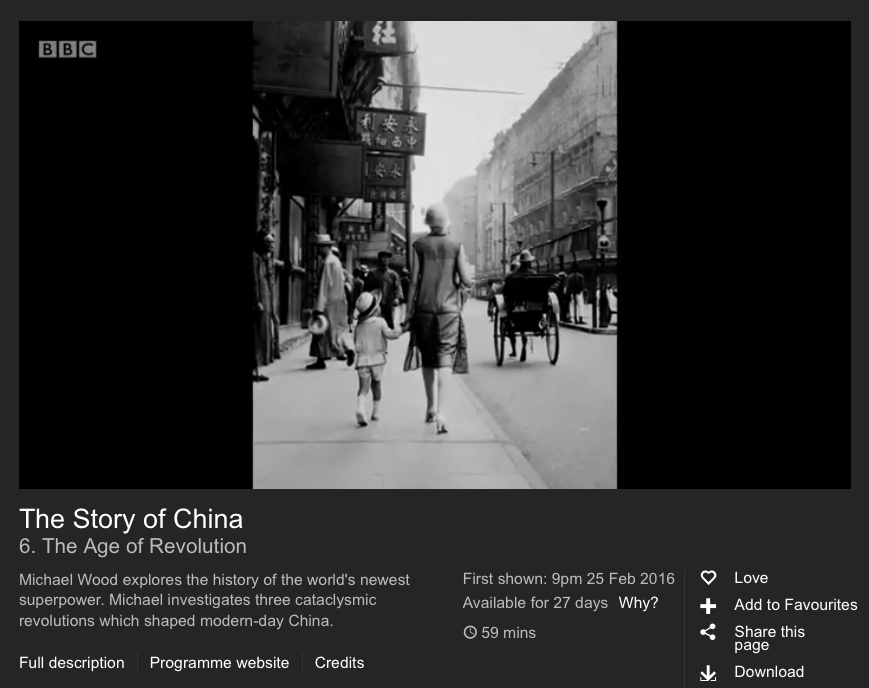



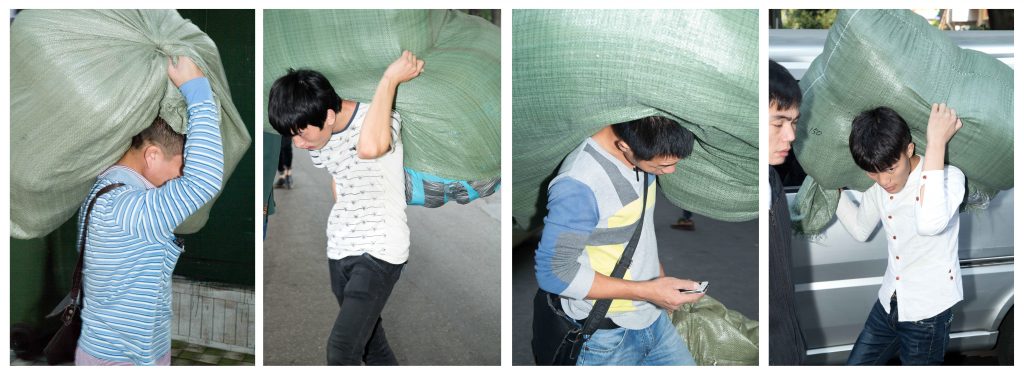
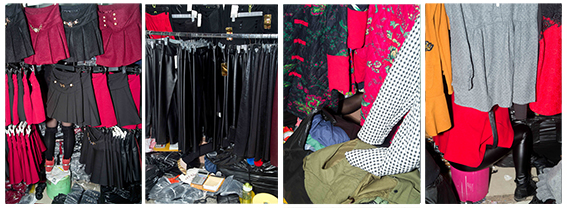



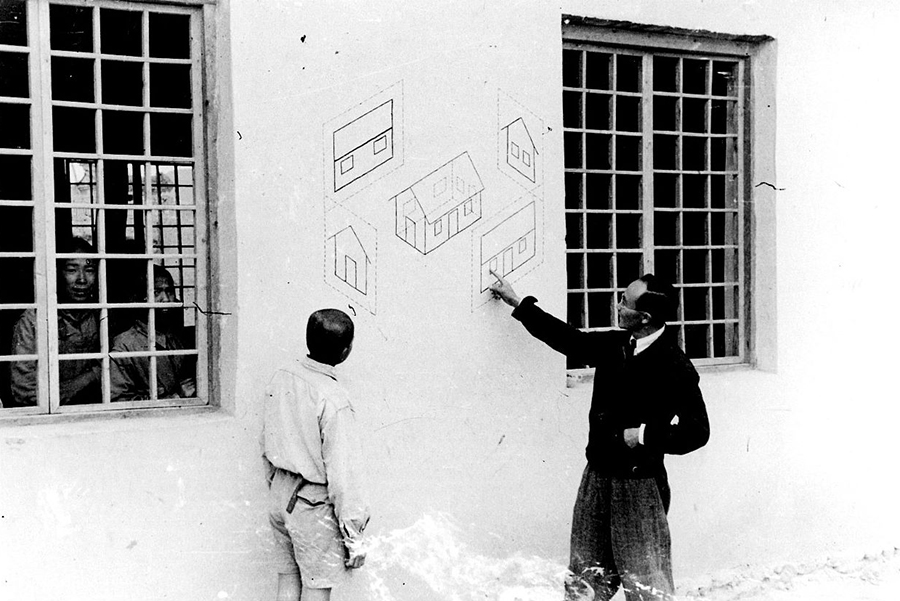
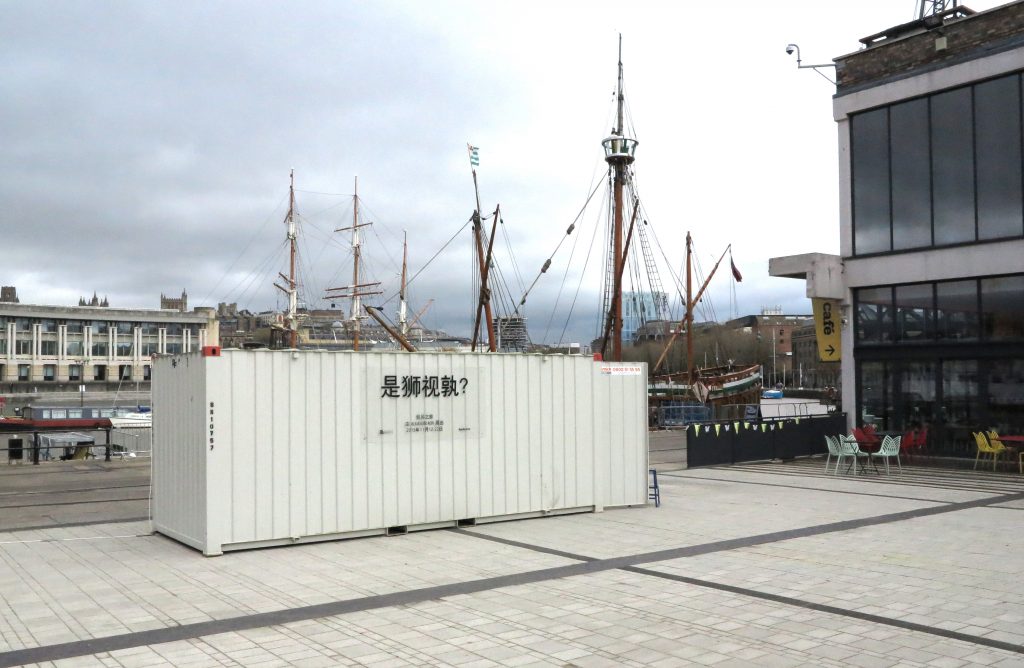

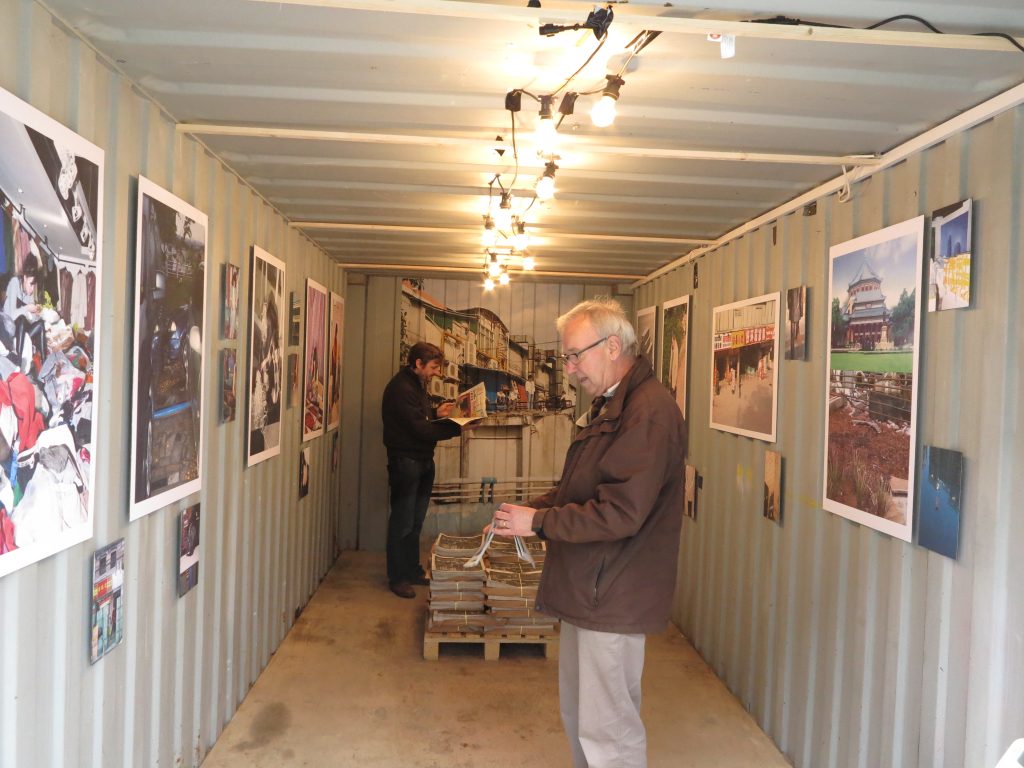
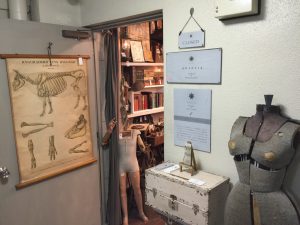
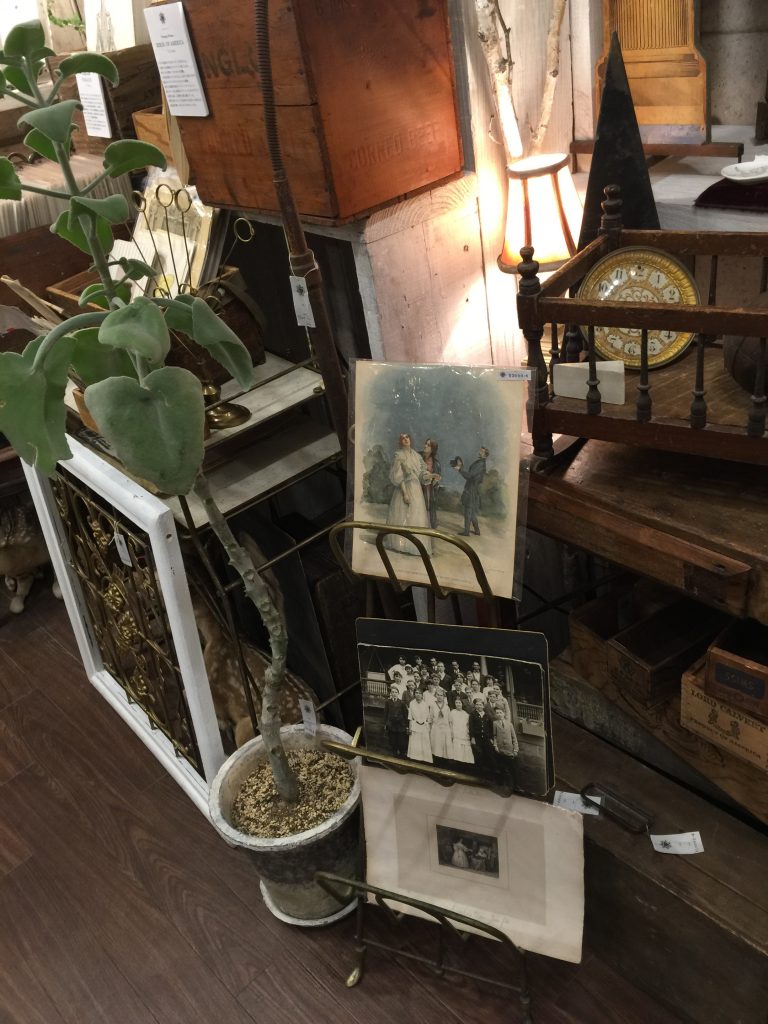
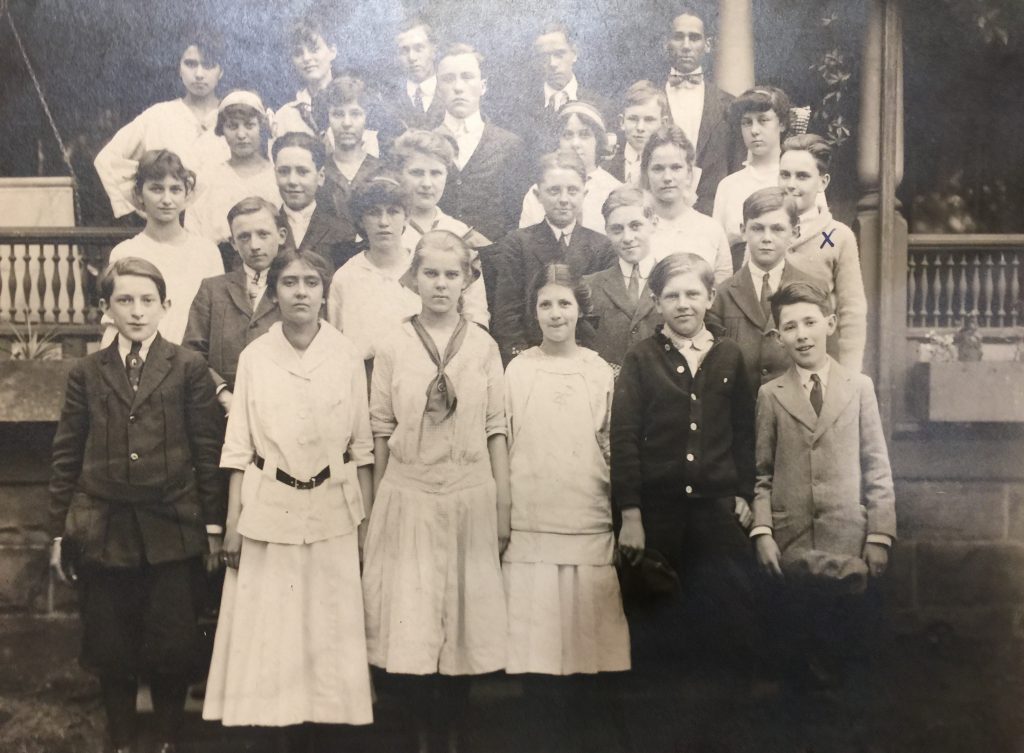
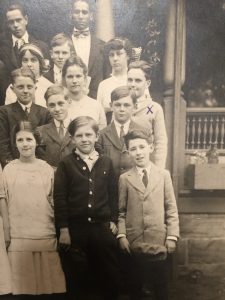 A little research showed that X marked Frank Brookland Strawn, born in October 1901, in Cleveland, the son of a prosperous jeweller. He would eventually follow in his father’s footsteps, and managed a jewellery shop with one of his brothers. Strawn married in Ohio in 1928, but by the 1930 census was living in California, occupation ‘None’. There is a tale in here of the crash of 1929, and then Strawn re-emerges as a salesman, living in a then still rural Van Nuys, in the San Fernando Valley northwest of Los Angeles. A 1959 news item describes him as a rancher of 25 years standing in Van Nuys. A much-syndicated photograph five years earlier, shows him with some of the 342 miniature pipes that he collected. This is much, much more, than we can offer by way of information for many of our own photographs which, typically, come with no information at all.
A little research showed that X marked Frank Brookland Strawn, born in October 1901, in Cleveland, the son of a prosperous jeweller. He would eventually follow in his father’s footsteps, and managed a jewellery shop with one of his brothers. Strawn married in Ohio in 1928, but by the 1930 census was living in California, occupation ‘None’. There is a tale in here of the crash of 1929, and then Strawn re-emerges as a salesman, living in a then still rural Van Nuys, in the San Fernando Valley northwest of Los Angeles. A 1959 news item describes him as a rancher of 25 years standing in Van Nuys. A much-syndicated photograph five years earlier, shows him with some of the 342 miniature pipes that he collected. This is much, much more, than we can offer by way of information for many of our own photographs which, typically, come with no information at all.
 Not for the first time, a correspondent asks us about the genuineness, or otherwise, of some photographs of the Manchu royal family. This accordion-style booklet certainly looks old, but you can find many news items online in Chinese about it of the ‘Granny cheated out of 21,000 yuan for 5 yuan booklet’ variety (just about verbatim, that one). The title is 皇室舊影 if you want to image search for yourself. Another shot of a couple of the pages is below.
Not for the first time, a correspondent asks us about the genuineness, or otherwise, of some photographs of the Manchu royal family. This accordion-style booklet certainly looks old, but you can find many news items online in Chinese about it of the ‘Granny cheated out of 21,000 yuan for 5 yuan booklet’ variety (just about verbatim, that one). The title is 皇室舊影 if you want to image search for yourself. Another shot of a couple of the pages is below.
